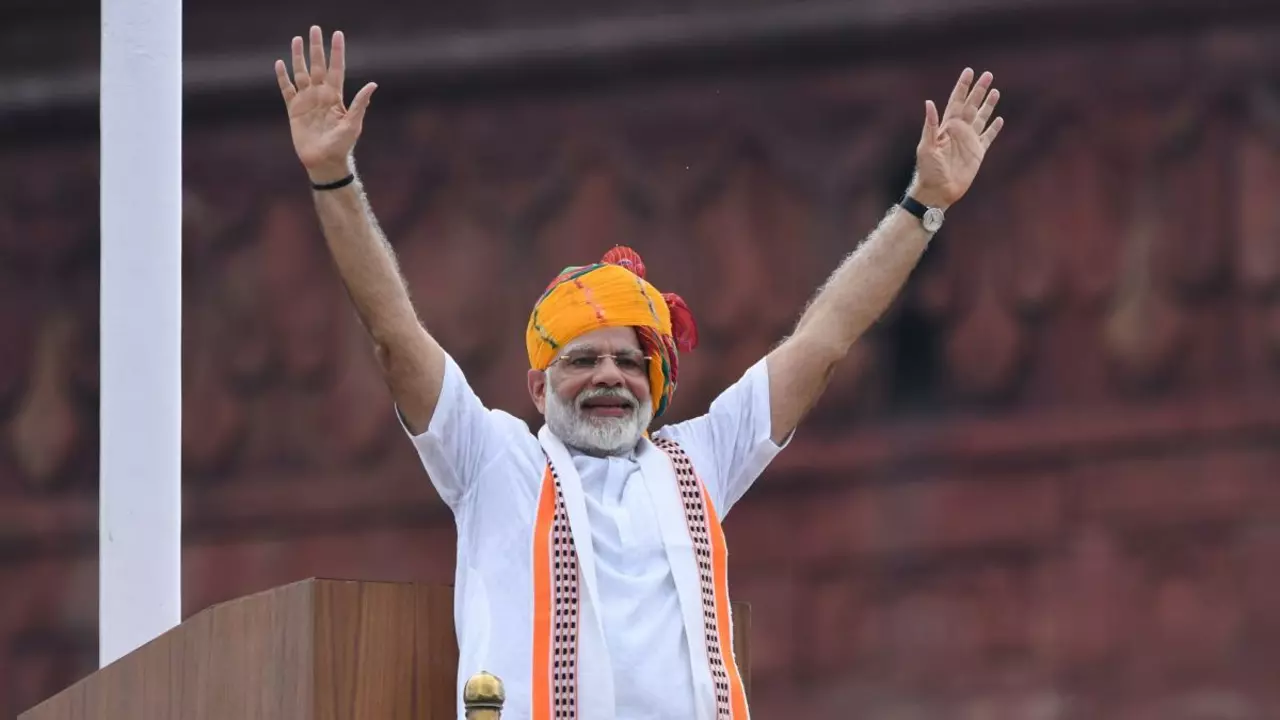What a Chief Minister Actually Does
Ever wondered why you hear about chief ministers on the news but aren’t quite sure what they handle? In simple terms, a chief minister is the head of a state government in India. Think of them as the state‑level version of the prime minister. They lead the cabinet, decide on budgets, and steer policies that affect everything from roads to education in their state.
Unlike the president, who works at the national level, a chief minister’s power is limited to the state they serve. That means they can’t sign international treaties, but they can launch a new school program or approve a highway project right in your backyard. Their decisions have a direct impact on daily life, which is why voters pay close attention during state elections.
How a Chief Minister Gets Chosen
The path to the chief minister’s seat starts with state elections. Voters pick representatives for the legislative assembly, and the party or coalition with the most seats usually gets to pick the chief minister. If a single party wins a clear majority, the party’s leader becomes the chief minister. In a hung assembly, parties negotiate to form a coalition, and the leader of the coalition takes the top job.
Once appointed, the chief minister must keep the confidence of the assembly. If they lose a confidence vote, they can be forced to resign, and a new leader may be chosen. This system keeps the chief minister accountable to both the elected representatives and the public.
Current Hot Topics Around Chief Ministers
Recent headlines show chief ministers at the center of several big debates. For example, many states are racing to roll out new renewable energy projects, and chief ministers are key decision‑makers in approving those plans. Others are tackling public health challenges, especially after the pandemic, by boosting local hospitals and vaccination drives.
Another hot topic is the push for better digital infrastructure. Chief ministers are signing agreements with tech firms to bring high‑speed internet to rural areas, which could change how students learn and small businesses operate. These moves often spark discussions about funding, because state budgets are tight and every project needs careful planning.
Finally, election season always brings chief ministers back into the spotlight. Voters evaluate their performance on issues like job creation, safety, and corruption. Campaign rallies, manifestos, and promise‑keeping become the talk of the town, influencing how people vote and what policies get priority in the next term.
Understanding the role of a chief minister helps you see why state politics matter. Whether it’s a new road, a school reform, or a health initiative, the chief minister’s choices shape the environment you live in. Keep an eye on local news, follow the upcoming elections, and you’ll get a clearer picture of how decisions are made right where you are.

Narendra Modi not the only PM to also serve as CM?
Well, folks, let me tell you, our very own Prime Minister Narendra Modi isn't the only one who's gotten his hands dirty in the state affairs before stepping into the big league. Yes, you heard it right, he's not the lone ranger! Some of our previous Prime Ministers have also served as Chief Ministers before taking the national helm. Think of it like a political internship, just with a lot more chai and samosas. So, next time you're at a party and someone brings up this trivia, you can casually drop this knowledge bomb and be the smarty pants of the event!
- Sports (7)
- Legal News (2)
- Business (2)
- News and Media (1)
- Food Safety (1)
- Politics and Government (1)
- Travel and Food (1)
- Culture & Lifestyle (1)
- Politics & Government (1)
- Marketing (1)
-
Asia Cup 2022: Full guide to teams, schedule, big moments, and how to watch
10 Sep 2025 -
Supreme Court nod to get African cheetah to India?
27 Jan 2023 -
Virat Kohli Breaks Tendulkar’s ODI Chase Record with 70 in Sydney, Surpasses Sangakkara in Run Rankings
20 Nov 2025 -
Is Indian media biased?
27 Jan 2023 -
South Africa Women Eye Series Sweep as Pakistan Hosts Second ODI in Lahore
22 Oct 2025
30.07.23
Aarav Chatterjee
0